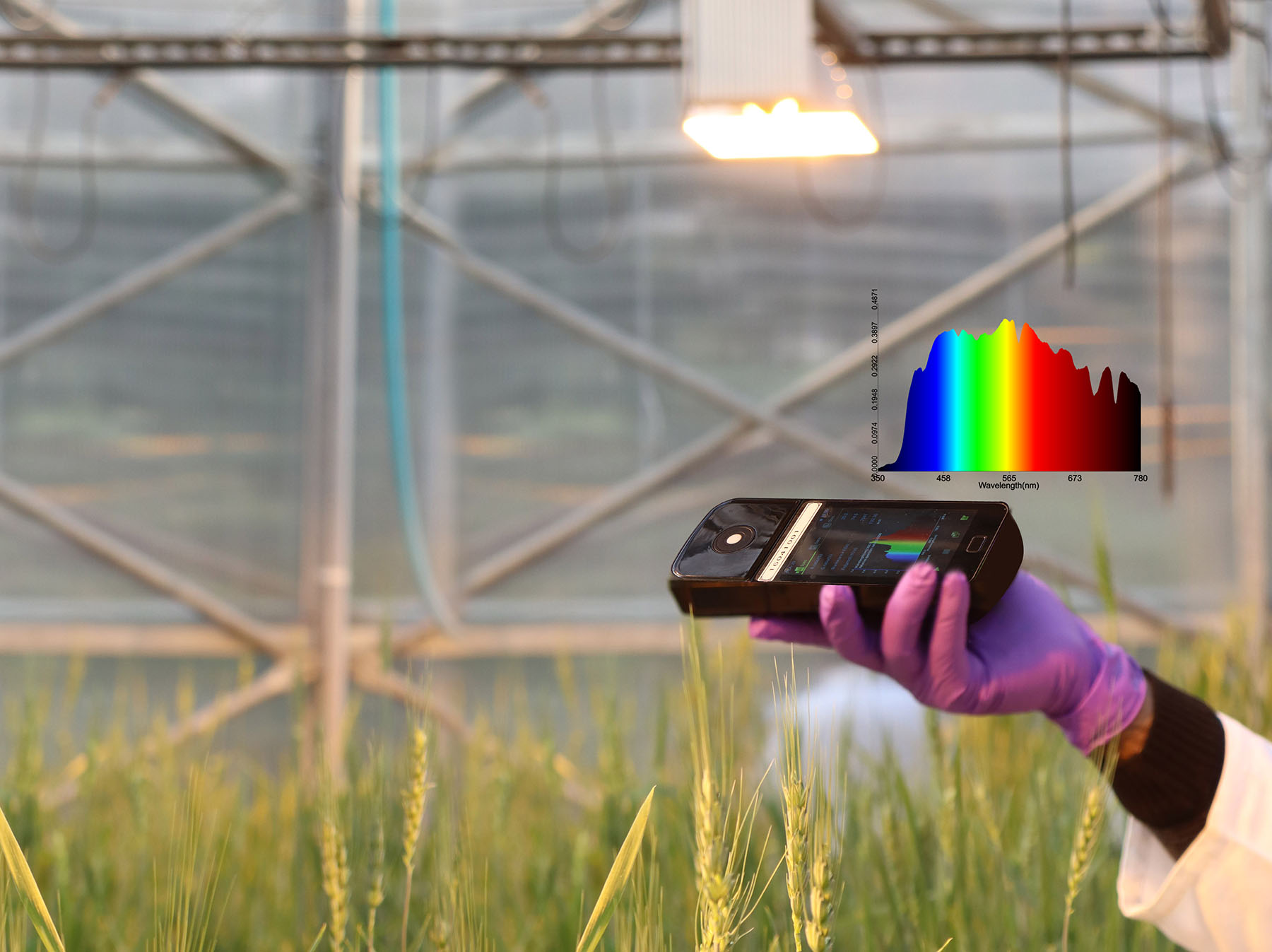School of Speed Breeding (SoSB)
The seed industry plays a crucial role in shaping agricultural productivity, yet seed companies face several practical and operational challenges that slow down innovation and market readiness. Let’s explore the core challenges seed companies face and how Speed Breeding can turn these into strategic opportunities with effective solutions.
Challenge 1: Long Product Development Timelines
Developing a new variety from initial cross to market-ready seed, often takes 8 to 10 years,. This long cycle delays returns on R&D and slows innovation.
Speed Breeding Solution: With controlled environment protocols, speed breeding allows up to 4 to 6 generations per year. This helps companies cut development time in half, enabling faster release of new variety and better return on investment.
Challenge 2: Long Breeding Time Increases Cost
Conventional breeding programs typically span several years, requiring sustained allocation of human resources, infrastructure, land, and operational inputs. The longer the breeding cycle, the greater the financial and logistical burden on seed companies, impacting overall efficiency and profitability.
Speed Breeding Solution: By significantly reducing generation time, Speed Breeding enables the development of advanced breeding lines in a much shorter duration. This leads to lower labor costs, reduced resource utilization, and accelerated product timelines, ultimately resulting in cost-effective breeding operations for seed companies.
Challenge 3: Slow Trait Introgression and Backcrossing
Integrating key traits like disease resistance or stress tolerance through backcross breeding is time-consuming and inefficient under normal growing conditions.
Speed Breeding Solution: Speed breeding compresses backcrossing cycles, especially when combined with marker-assisted selection (MAS). Companies can achieve near-isogenic lines with the desired traits in fewer seasons, reducing breeding time significantly.
Challenge 4: Delay in Hybrid Parent Line Development
Generating stable inbred parental lines for hybrid programs takes many generations and can delay hybrid testing and release schedules.
Speed Breeding Solution: By using single seed descent (SSD) under speed breeding conditions, companies can rapidly stabilize lines and move into test-crossing and hybrid trials sooner.
Challenge 5: Late DUS Material Readiness for Variety Registration
Preparing uniform, stable lines for DUS (Distinctness, Uniformity, Stability) testing is a bottleneck that delays regulatory submissions.
Speed Breeding Solution: Speed breeding helps advance generations quickly, ensuring DUS-level lines are ready in time for registration and approval processes, thus accelerating commercialization.
Challenge 6: Inability to Respond Quickly to Market or Climate Shifts
Unexpected market demands or changing climate conditions require rapid breeding adjustments, which traditional systems can’t support.
Speed Breeding Solution: Speed breeding enables quick generation turnover and testing of new crosses, allowing companies to adapt breeding goals dynamically and respond faster to real-world needs.
Breaking Barriers in the Seed Industry with Speed Breeding
Speed breeding is more than a breeding technique, it’s a strategic advantage for seed companies looking to overcome development delays, stay ahead of climate challenges, and lead in market innovation. Seed companies that adopt speed breeding are not just speeding up R&D, they are also future-proofing their business.
Interested in applying Speed Breeding in your seed company?
Get in touch with the School of Speed Breeding, to explore customized solutions, crop-specific protocol, training, and collaborative projects.
Contact us today to accelerate your breeding program.
Mobile: +91-8130997511
Email: enquiry@iht.edu.in
Comments are closed.




